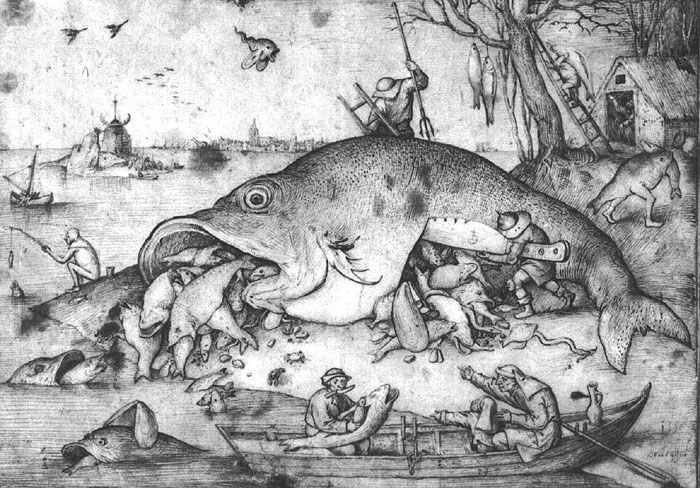
Assume that the first 5,000 words of this post is a treatise on the use of propaganda to make it socially acceptable to attack opponents and commit horrific acts throughout history. I want to write it, but I have work to do and I’m grumpy(1)(2).
It was pointed out to me that I haven’t blogged about designing games or writing stories for a bit, and that’s something I definitely want to sprinkle in here and there. Often, the challenge for me is that I have my own lexicon(3) for creative elements. For example, I hate the terms “crunch” and “fluff” with the fiery passion of a thousand red suns, because I feel those terms devalue both the necessary work that systems designers do and the talented efforts of setting designers. Instead, I call the systems the “engine” for a game, because that’s what makes a game go. The setting, then, is the “vehicle”. Combined, they make a game filled with passengers (e.g. the characters). Without the engine or the vehicle, you don’t have a game. You have a pile of rules or you have a bunch of descriptions. You definitely need both to play.
What about those passengers, though? Well, circling back to my goal to define what I mean when I say “3-D character design”, I envision all game’s characters to be a personality that lifts right off the page. Player-characters aren’t photographs, because they’re not static. They’re active, and their stories are shaped by a player sitting at the table. In many games, I also like to envision the GM’s characters to be the same way, because that offers more potential for conflict and interactions. Thus, three-dimensional characters are more life-like than 2D; they are full of desires, fears, and quirks–just like the people filling their shoes.
I’m of the mind that three-dimensional character portrayals actively support a better play experience(4), because we–the designers–are presenting characters for two reasons. First, the characters are there for the GM to narrate. The more characters there are, the easier it is to portray them as photographs because they’re elements needed to build a narrative. But, even tweaking those characters just a little bit makes them more fun to interact with and more emotionally compelling to rescue, fight, investigate, chase, etc.
Second, the characters we present are not only necessary for the players, they also underline the play experience; you typically can’t have a game without characters (or roles) of some sort unless it’s intentionally designed not to have them. Character depictions are also a strong indicator of what that vehicle (e.g. setting) is like for the game, and when these portrayals are flat it sends a strong message to the players at the table.
For example, many players internalize they are not welcome in a game if the art and text doesn’t not include their identities, because they don’t feel a connection and can’t see themselves playing the game. This happens on both a subconscious and conscious level, and it is tied to one of the reasons why people buy games in the first place. To have fun, people need to feel vested in a game, and that investment depends on any number of factors. I’ve found that one of the best and surest ways to increase a player’s interest, is to focus on three-dimensional characters that many different types of players would be attracted to.
Three-dimensional characters do take some work to create, but I personally feel having this as a design goal makes us better designers and writers. The identity portion of that is part and parcel to ensuring characters are handled appropriately, and to that end I’m teaching a class called Writing the Other: Writing RPGs Sans Fail with K. Tempest Bradford. Outside of the discussions to sensitively portraying different identities, there are tons of techniques you can employ to zero in on making better characters.
Now that I’ve defined what three-dimensional characters are, I’ll address tips for designing them in a later post.
(1) Politics and winter. I have a great life, but nothing sends me into a rage faster than attacking women’s rights and seeing a bunch of dudes be smug about it. And winter, because this season has been way too long for sure!
(2) Broke my pledge to check in less, but I’m glad I got that out of my system now.
(3) It has always been this way, ever since I was very little.
(4) The same is true in fiction. Flat characters are boring to read!




